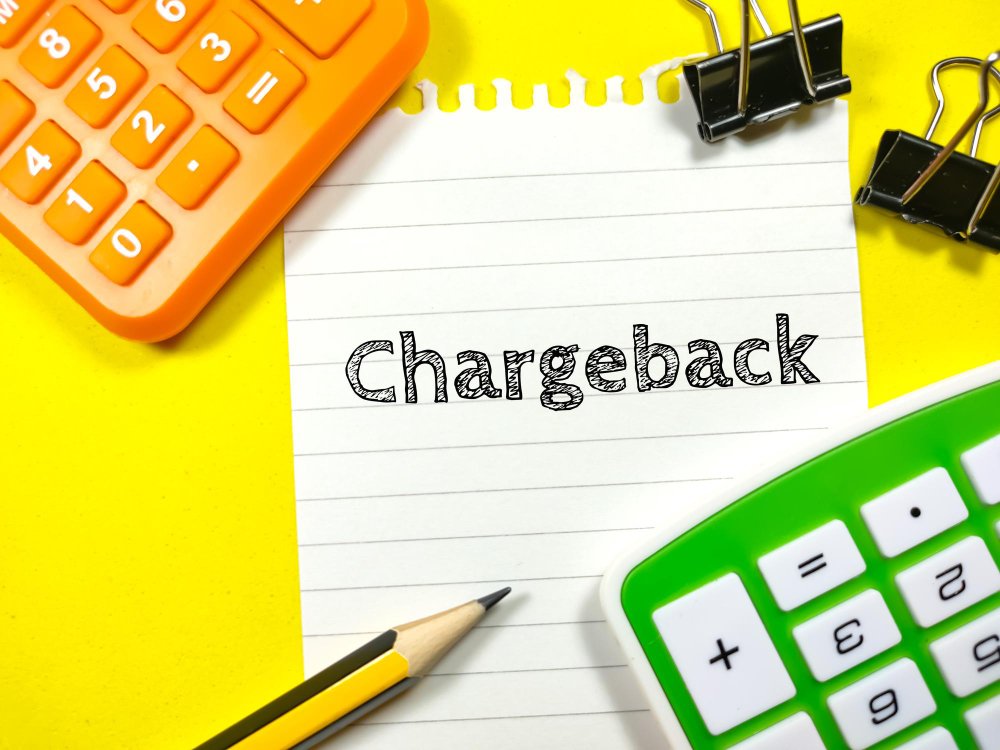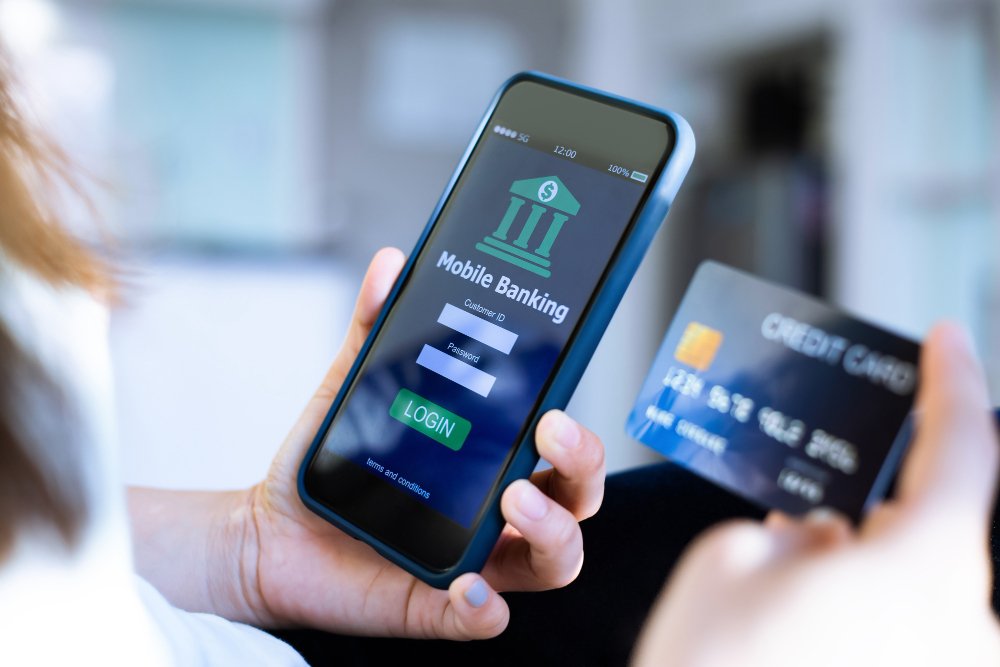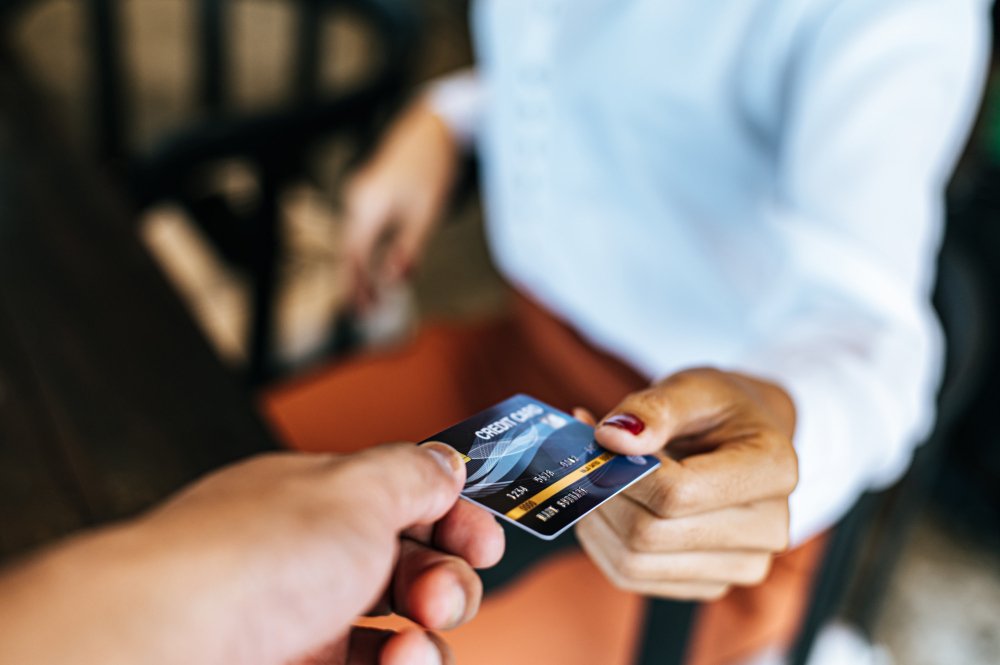What Are Chargebacks and How To Prevent Or Dispute Them
Smart business owners know that a transaction is simply the start of a customer’s relationship with their business. Various factors start to work as soon as they decide to purchase, providing chances to earn their loyalty or risk losing them forever. Although securing a sale is the ultimate objective, it’s critical to understand that several problems, including poor website security, ambiguous data, and unresponsive customer service, can result in difficult circumstances.
Every business owner wants to increase income, but despite their best efforts, even the best conversion methods can result in customers asking for a refund. In this research, we have covered every aspect of chargebacks, including what they are, how they work, what causes them, and, most significantly, how smart business owners may prevent them.
What Is a Chargeback?
A chargeback represents a financial U-turn. It’s the moment when the cash you thought was safely in your pocket takes an unexpected detour back to your customer’s bank account. This reversal typically happens after a customer disputes a charge made with their debit or credit card, prompting their bank or credit card provider to swing into action. While customers usually initiate chargebacks, it’s worth noting that businesses have the power to request them as well. However, this is a less common scenario.
Now, let’s take a closer look at the good news. The global chargeback-to-transaction ratio has been on a downward trend, meaning that, year after year, there are fewer chargebacks relative to the overall number of transactions. This cheerful shift can be attributed to the growing investments made by businesses in various preventive measures, which we’ll explore further shortly.
However, the not-so-rosy side of the story is that chargebacks still pose a substantial and costly problem intimately tied to business fraud. A study by Juniper Research sent shockwaves through the e-commerce landscape when it projected that in 2021, these businesses could lose a staggering $20 billion due to fraud—a notable 18% increase over the $17.5 billion lost in 2020. As if that weren’t enough, according to The Statista Report, the larger enterprises and mid-market players bear the brunt of e-commerce chargeback rates, overshadowing the experiences of small businesses.
For instance, mid-market companies faced chargebacks in 2.8% of their online orders, while small and midsize businesses encountered a slightly lower percentage of 2.4%. This data showcases the pervasive and ever-evolving issue of chargebacks and the disparities in how different segments of the business world cope with this financial hurdle.
Understanding The Chargeback Process
The chargeback procedure is complicated, with each payment service taking a different route. The average time for these proceedings to conclude is 120 days. At VirtualPay, we can anticipate and stop many fraudulent transactions before they even take place because of the strength of our unique machine-learning algorithms.
Additionally, we prioritize keeping you informed at every stage of the chargeback process with helpful alerts on your VirtualPay Dashboard if they occur. Let’s start with a broad explanation of the chargeback procedure used by most big processors to simplify this complex process.
Step 1: A purchase is made.
It all starts with a purchase. Whether made in person, through an app, or online, every chargeback kicks off with a customer’s initial transaction.
Step 2: Chargeback is begun by the customer
Customers may discover a charge they didn’t approve when they inspect their monthly credit card account. In response, they get in touch with the issuing bank—also known as the credit or debit card company—to ask for an inquiry into the disputed transaction.
Step 3: Issuing Bank Contacts, the Merchant’s Bank
Once the customer initiates the chargeback process, their bank swings into action. They contact the merchant’s bank, seeking proof that the customer made a valid purchase. This evidence may include invoices, proof of delivery, receipts, or any other documentation the merchant can produce to validate the transaction.
Step 4: Making a decision
After thoroughly examining the provided evidence from the merchant’s bank, the cardholder’s bank faces the critical decision of determining whether the purchase was legitimate.
Step 5: The customer is informed.
This is the pivotal moment. The customer must either accept the proof provided by the acquiring bank and move forward with paying for the goods, or they can persist in disputing the purchase, thereby entering a process known as arbitration. If the acquiring bank rules that the purchase was invalid, the cardholder – the customer – will receive a refund.
A Few Typical Reasons for Chargebacks On Credit Cards
Customers and organizations alike may experience a tornado of emotions due to chargebacks, those dreaded financial U-turns. Understanding the typical causes is the first step in preventing them and preserving a smooth, reliable transaction process. They can surface for a variety of reasons. Let’s examine a few of the most common reasons for credit card chargebacks.
Product Problems
Chargebacks can occasionally result from a client being dissatisfied with a good or service. Given the subjective nature of service quality, adjudication can be difficult for professional services.
Shipping Challenges
You are headed for a chargeback when a customer excitedly anticipates a transaction, but it never shows up. Ensure you have a streamlined delivery system with useful tracking numbers to avoid this regrettable circumstance. An organized and transparent shipping process can frequently come to the rescue.
Unauthorized Transactions
When a consumer who has never made a transaction from you notices an unusual charge from your company, alarm bells go off, and a chargeback is about to happen. Consider purchasing an Electronic Point of Sale (EPOS) system that can handle chip cards and secure payment options like Apple Pay and Virtual pay if you want to protect your company from such dishonest practices.
Using chip and PIN technology in African merchants, supported by the legal step, has changed the game. This technique offers protection against fraud in addition to enhancing security. A chip and PIN reader is necessary for small enterprises to start breathing.
Unidentified company names
Even if it is formally registered as “G.W. Ventures,” your company is recognized as “Groceries World.” Customers may unintentionally initiate a chargeback when they see a suspicious transaction from G.W. Ventures because they believe it to be a fraudulent purchase. Keep your branding clear and consistent to avoid customer misunderstanding.
Technical Glitches
Customers may unintentionally be paid for things they did not plan to purchase due to a broken website or errors during the checkout process. The cure? Integrate a reliable Point of Sale (POS) system with an easy-to-use checkout procedure. Success is a result of simplicity.
Problems with Credit Processing
Customers may experience misunderstandings or delays throughout the return or credit procedure, which might result in chargebacks. Just imagine yourself sending something back and excitedly checking your bank account for the refund—only to discover nothing. Ensure you have a solid system for processing returns and credits to avoid this. During purchase, be open and honest about your return and cancellation policies to ensure everyone’s expectations are met.
How To Prevent Chargebacks
Even the art of defense may not be as important as preventing chargebacks. Although winning a chargeback defense may appear to be a gain, there is a hidden cost because each defense reduces your chargeback ratio and might label your business as “high-risk.” Furthermore, fighting chargebacks takes a significant toll on resources. How, therefore, can you safeguard your business from these monetary setbacks? Let’s look at some important tactics for preventing chargebacks.
- Verify AVS with Online Payments: Selecting a reliable payment gateway or online payment processor is your first defense for online orders. These systems can verify the Address Verification System (AVS) on file for the card used, adding a layer of security to your transactions.
- Accurate Item Descriptions: Transparency is your ally. Accurately describing your products or services is essential. Customers who receive items that don’t match the description have valid grounds for chargebacks. Honesty builds trust and can help you avoid this pitfall.
- Exceptional Customer Service: Prompt and courteous responses to customer service issues are your insurance policy against chargebacks. A satisfied customer is less likely to escalate an issue to a chargeback.
- Signature for In-Person Purchases: Whenever possible, aim to obtain a customer’s signature for in-person purchases. This physical evidence can be invaluable in resolving disputes and preventing unjustified chargebacks.
- Validate ID for Credit Card Purchases: Consider requiring a valid government-issued I.D. Retaining proof of all credit card orders can help safeguard your business and reduce chargeback risks.
- Clear Return Policy: A crystal-clear return policy benefits both you and your customers. An easy-to-understand return policy sets expectations, reduces confusion, and minimizes chargeback triggers arising from dissatisfaction.
- Recognizable Business Name: Ensure your business name on credit card statements is easily recognizable. Customer confusion over the source of a charge can lead to unwarranted chargebacks.
- Signature Upon Delivery: When delivering physical goods, opt for a service that requires a recipient’s signature upon arrival. This provides proof of delivery and minimizes the chance of “item not received” chargebacks.
- Employee Training: Properly trained employees are your first line of defense in preventing chargebacks. Equip them with the best practices for both card-present and card-not-present transactions, ensuring that your team is prepared to handle transactions effectively.
Ways To Dispute a Chargeback
Despite your best efforts, chargebacks will inevitably occur in this day as we mentioned earlier in this age of commerce. When that time comes, having a well-defined plan of action to judge the veracity of fraud claims and chart the course ahead becomes crucial. An insightful explanation of the chargeback dispute procedure is provided below:
1. Establish the validity of the dispute
After hearing about a chargeback, your first duty is to determine if it is indeed the result of fraud or if a customer care fault is to blame.
2. If the charge is authentically false
When your inquiry reveals actual fraud, what to do next is clear. You should immediately let the customer’s issuing bank know that you won’t fight the chargeback and request that they give the customer their money back. In addition, it’s critical to notify your payment processing company of the fraud incident and investigate whether it was an isolated incident or a sign of a larger problem affecting other transactions.
3. When Friendly Fraud Occurs
If, upon additional inspection, it becomes clear that no genuine fraud has taken place and the chargeback is the result of other factors, your strategy changes. The main reason for the chargeback’s start should be addressed before talking to the client about it. Nevertheless, contesting the chargeback is frequently a required activity that entails the following steps:
- Get in with the customer
Through direct conversations with the customer, many chargeback problems may be handled. Give the customer your undivided attention as you express your sincere desire to fix the problem that caused the chargeback. Most of the time, starting a conversation and looking for a solution that all parties can accept is beneficial. Ultimately, this route is better for your business than a chargeback, even if it results in a refund.
- Offer Supporting Data to Dispute the Chargeback
It’s time to gather your proof if attempts to resolve the issue with the customer are unsuccessful, and you are still certain that no actual fraud occurred. The existence of receipts, confirmation numbers, shipment information, or any other relevant documentation can attest to the authenticity of a transaction. Usually, your payment processing company will be the one to speak with the customer’s issuing bank on your behalf and offer this proof. You will next wait for the issuing bank’s decision on whether to accept or reject the chargeback.
Conclusion
Preventing chargebacks takes precedence over disputing them, for a successful defense can still tip your business into the ‘high-risk’ category. With each dispute, valuable resources are drained, and your business’s standing remains in jeopardy.
While chargebacks are inevitable in the business landscape, they are not insurmountable. By implementing robust strategies, you can significantly lower the risk of chargebacks, creating a more secure and trustworthy environment for your customers.
With Virtualpay, you can safeguard your business and build lasting customer relationships. Embrace the future of commerce with confidence, and let Virtualpay be your partner, ensuring that your business sails smoothly through the waves of commerce without a complaint in sight.






